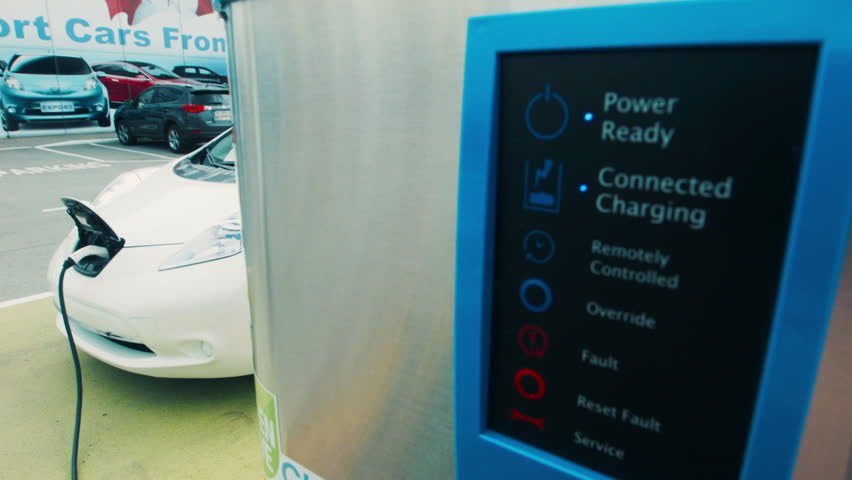What will it take for electric vehicles to become cost-competitive — straight-up, no subsidies — with traditional models? A battery pack cost of $100/kWh, which means a rather significant cost reduction as present prices are on the order of $190 to $250/kWh. So says a new report from research firm Arthur D. Little (ADL), "Future of Batteries: Winner Takes All?"
According to the research firm, the battery market is anticipated to grow to $90 billion plus by 2025. It was $60 billion in 2015. But these figures are not all EV-related, as batteries for internal combustion engine vehicles (starter, lighting, ignition), as well as electronic device and storage applications are included. One result of this potential growth is what ADL describes as a "frenzy of spending": more than $13.7 billion in investments and acquisitions during the past two years alone.
Solid-state batteries — actually solid-state electrolytes — are what's being seen as providing the biggest innovation in the space. That's because the solid-state electrolyte can lead to as much as a 40 percent increase in the energy density of a cell, because pure lithium anodes can be used; it allows 5-volt cathodes, rather than the current 4.5 volts, which adds another 10 percent to the energy density; and the solid-state material is safer than liquid electrolytes, which are flammable.
Consequently, companies including Toyota, Bosch, Samsung, and Dyson are developing solid-state batteries.
Given the consultative nature of its business, ADL proposes that there are three scenarios that may play out in the next few years regarding battery technology development. The most likely is there will be a more advanced lithium-ion battery technology that will begin to take over from the current li-ion tech. However, the existing technology, ADL posits, will have a run for at least 10 years in a majority of applications. A less-likely scenario is that companies go big on increasing capacity for the current li-ion tech in order to drive down costs. And the third, but least likely scenario, is that a completely new battery technology gets developed.
That said, ADL doesn't think that there will be a "God Battery," a single type that will be applicable to all market segments and consequently become dominant.
ADL has developed a matrix showing the requirements for applications including electric vehicles and determined how well these have been met. There are six. And things aren't looking well for EVs.
That is, capital cost, charging time, and reliability are all described as key needs that are "significantly unmet," inhibiting full adoption of technology. Safety and energy density are "partially met." The two that are described as "met needs" are cycle lifetime and power density.
One finding of the report ought to give battery manufacturers considerable pause.
According to "Future of Batteries":
"Due to overcapacity among battery cell manufacturers and their desire to lock in automotive OEMs on long-term contracts, margins have been squeezed. Not only has significant additional capacity been announced and built, but battery plants are of much greater scale, depressing prices ever further. Together with the need for 'big battery' manufacturers to form early, strong partnerships with automotive companies, this pushes gross margins down to zero and below in the hope that greater rewards can be reaped later on."
Hope is something that doesn't necessarily spring eternal in the automotive supplier market.
Related News

